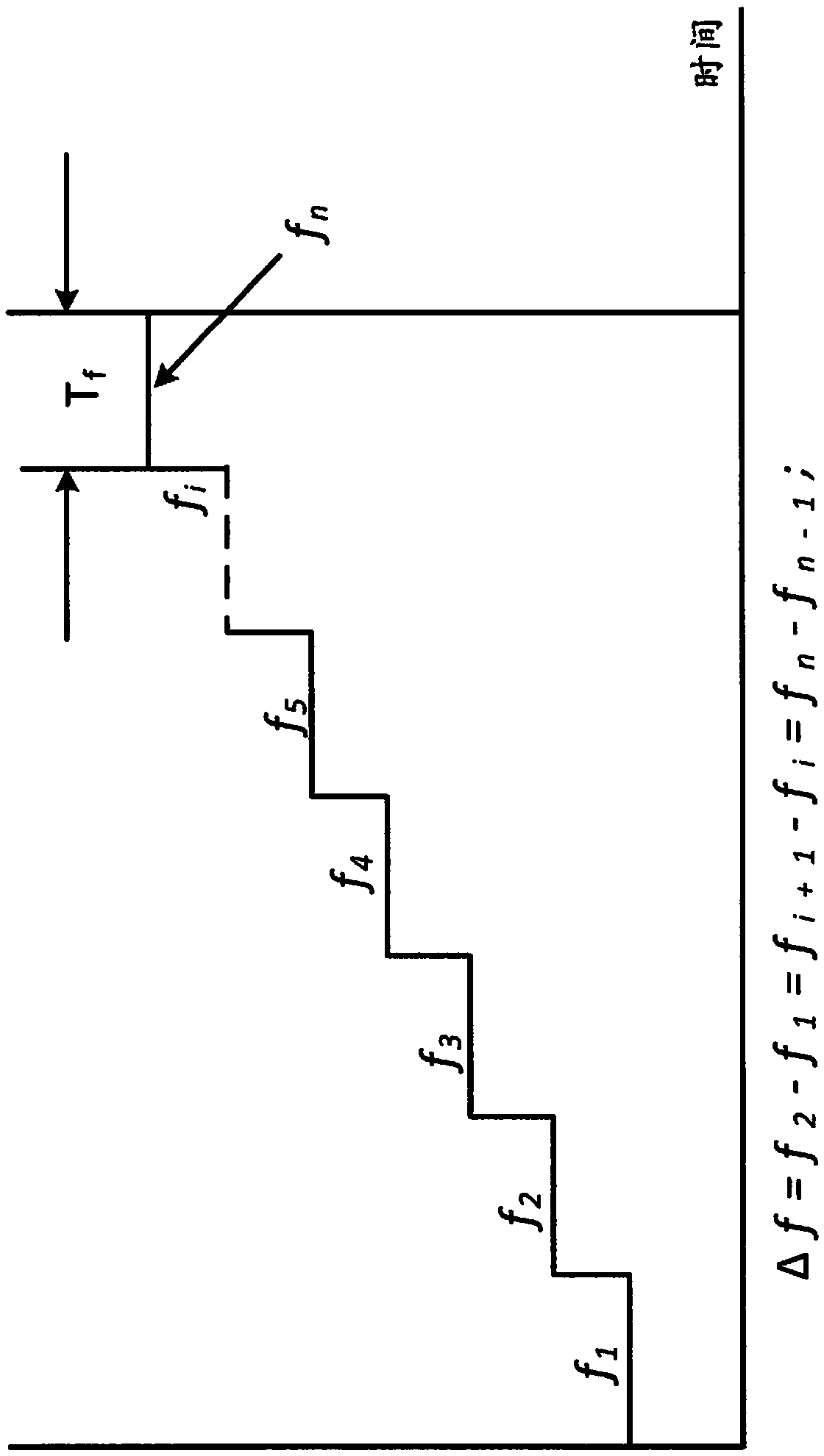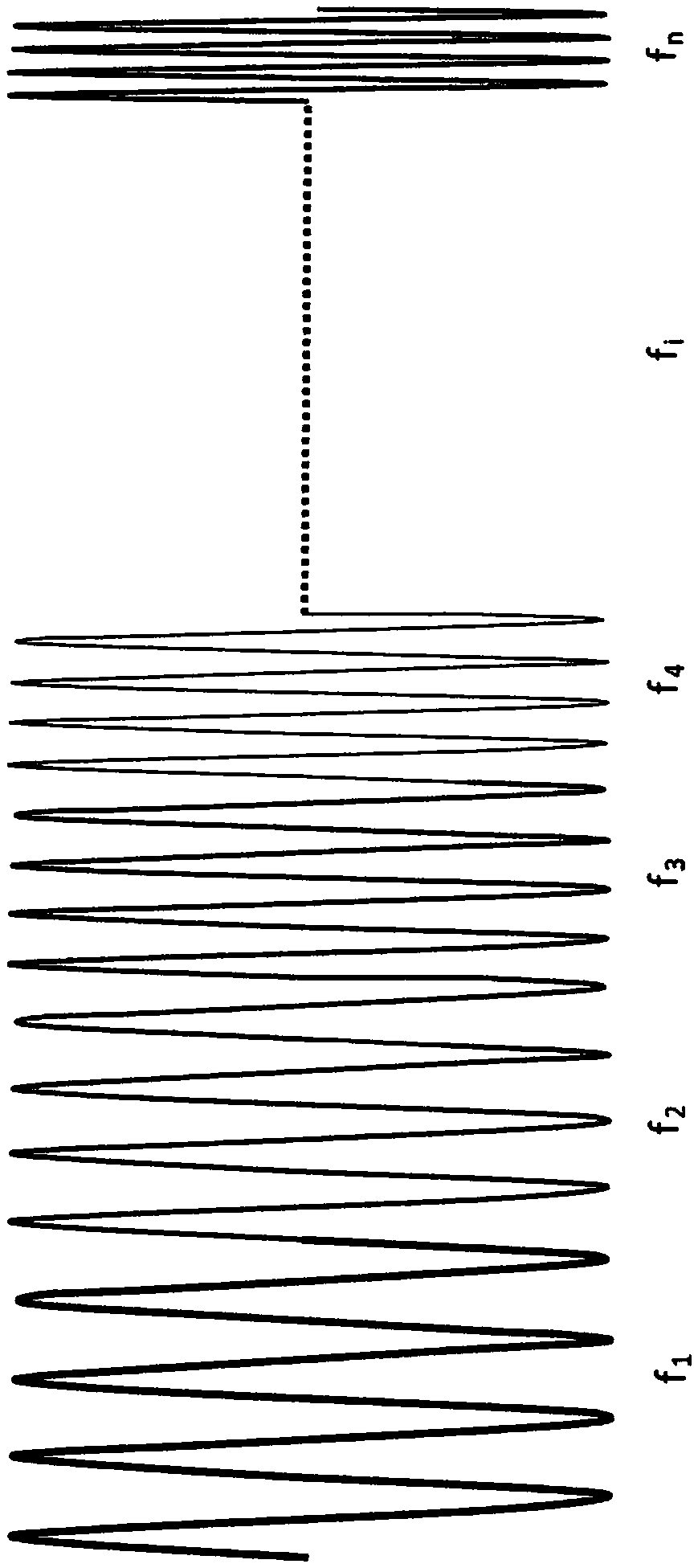Multi-path mitigation in rangefinding and tracking objects using reduced attenuation rf technology
A technology of distance and user equipment, applied in the field of systems including RTLS, can solve problems such as high work, low accuracy, and unresolved impact on positioning accuracy, and achieve the effect of improving accuracy and positioning accuracy
- Summary
- Abstract
- Description
- Claims
- Application Information
AI Technical Summary
Problems solved by technology
Method used
Image
Examples
Embodiment Construction
[0061] Reference will now be made in detail to preferred embodiments of the present embodiment, examples of which are illustrated in the accompanying drawings.
[0062] The present embodiments relate to methods and systems for RF-based identification, tracking and localization of objects, including RTLS. According to an embodiment, methods and systems employ narrow bandwidth ranging signals. Embodiments operate in the VHF band, but can also be used in the HF, LF and VLF bands as well as the UHF band and higher frequencies. An embodiment employs a multipath mitigation processor. The use of a multipath mitigation processor increases the accuracy of tracking and positioning achieved by the system.
[0063] Embodiments include a small, highly portable base unit that enables a user to track, locate and monitor multiple people and objects. Each unit has its own ID. Each unit broadcasts an RF signal with its ID, and each unit can send back a return signal which may include its ID...
PUM
 Login to View More
Login to View More Abstract
Description
Claims
Application Information
 Login to View More
Login to View More - R&D
- Intellectual Property
- Life Sciences
- Materials
- Tech Scout
- Unparalleled Data Quality
- Higher Quality Content
- 60% Fewer Hallucinations
Browse by: Latest US Patents, China's latest patents, Technical Efficacy Thesaurus, Application Domain, Technology Topic, Popular Technical Reports.
© 2025 PatSnap. All rights reserved.Legal|Privacy policy|Modern Slavery Act Transparency Statement|Sitemap|About US| Contact US: help@patsnap.com



